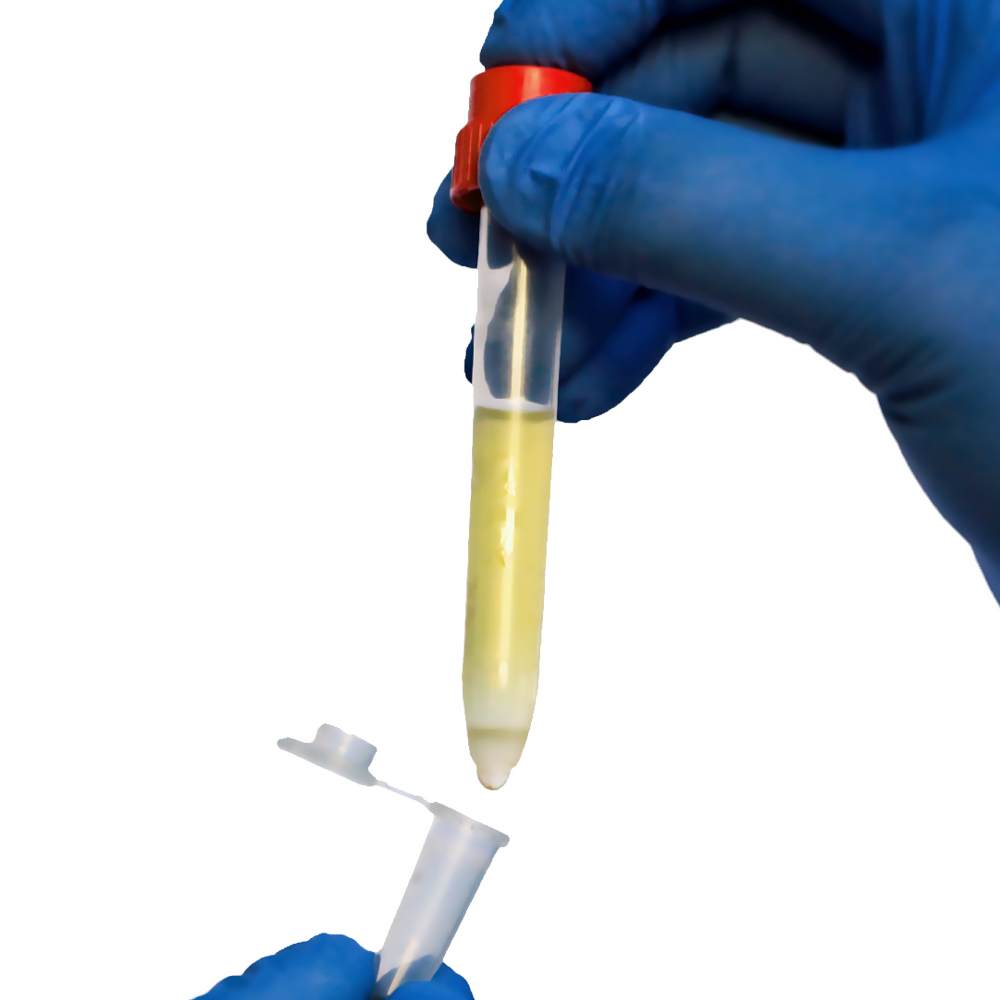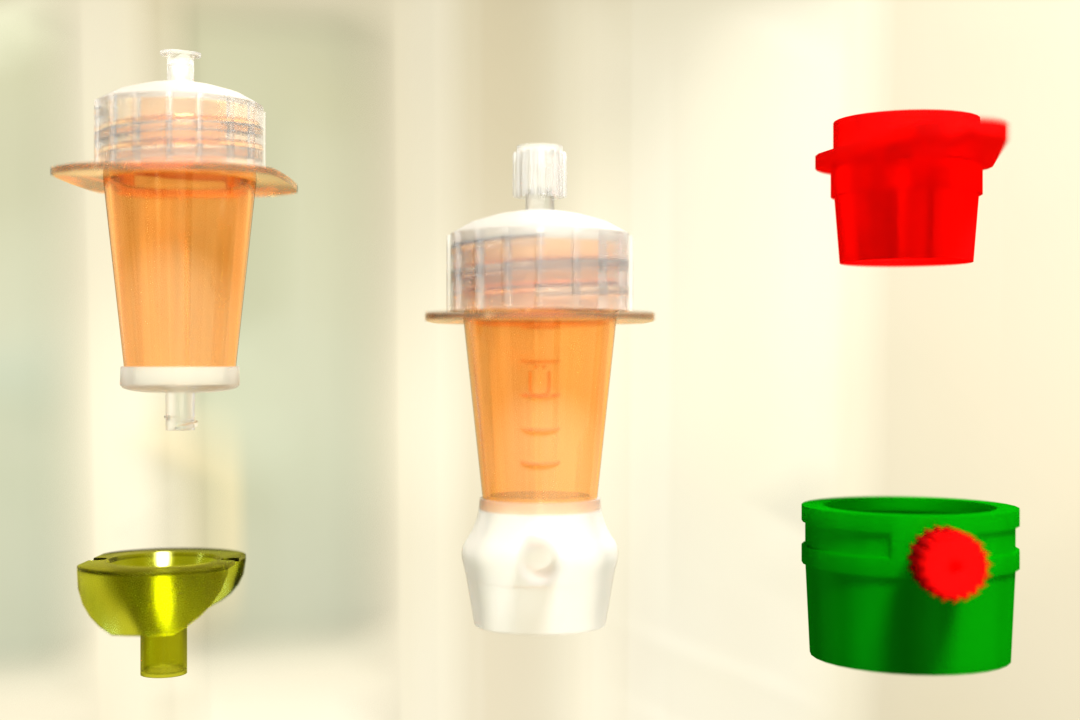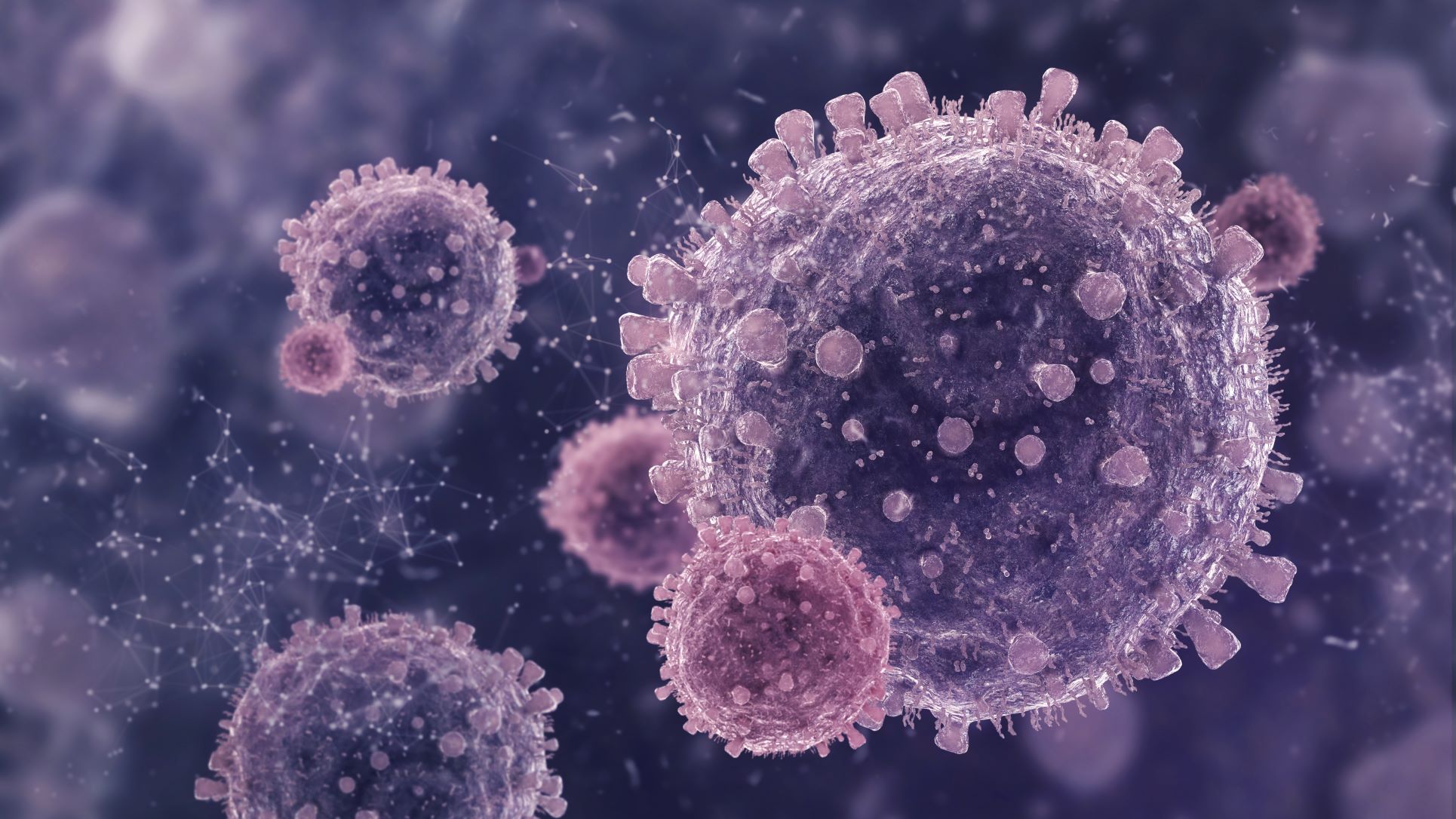In laboratories, the success of experiments often hinges on one critical step: sample preparation. Whether you are isolating delicate primary cells, preparing samples for flow cytometry, or filtering complex biological mixtures, having the right cell strainer is key to achieving clean, reliable results. Yet, with so many options available, selecting the right strainer can be confusing. A mismatch between your sample size, tube type, or filtration needs can lead to sample loss, clogging, or even damage to sensitive cells.
That’s why today, we’re breaking down a selection of specialized strainers designed to meet a variety of laboratory needs — the MiniStrainer, UberStrainer, Syringe Strainer, In-Line Strainer, Steel Strainer, Extraction Strainer, and SnapCap Strainer. Each offers unique features tailored for specific sample volumes, mesh requirements, and compatibility with different tube types. From tiny reaction tubes to large centrifuge setups, there’s a strainer engineered to fit your workflow seamlessly.
Understanding these differences isn’t just helpful — it’s essential. Whether you’re handling PBMCs, monocytes, B cells, or CTCs, selecting the right strainer can improve yield, maintain cell viability, and streamline your entire preparation process. In this guide, we’ll walk you through how each strainer stands out, how to match them with your experimental needs, and what to consider before making a choice.
If you want to optimize your sample preparation, protect your samples, and improve your downstream analysis, you’re in the right place. Let’s dive into the details and find the perfect strainer for your next project.
Understanding the Basics: Why Choosing the Right Lab Strainer Matters
A cell strainer plays an essential role in many lab applications like cell isolation, sample clarification, and preparation for flow cytometry. Picking the right one impacts:
- Sample integrity: Avoid cell loss and damage.
- Efficiency: Faster, cleaner sample preparation.
- Accuracy: Better downstream results with fewer artifacts.
Now let’s break down the options.
MiniStrainer: Perfect for Small Volumes and Versatile Tubes
The MiniStrainer is ideal for small sample volumes (up to 700 µl). It’s incredibly flexible because it fits a wide variety of tube formats, including:
- 1.5 ml or 2.0 ml reaction tubes
- 15 ml conical centrifuge tubes
- Cryo vials
- FACS™ tubes
- 24- and 48-well plates
Mesh Sizes Available:
- 5 µm to 200 µm
- Common choices: 40 µm and 70 µm for FACS sample preparation
Best for:
- Preparing single-cell suspensions
- Filtering cells after tissue dissociation
- Removing aggregates from small samples
If your work involves PBMCs, B cell isolation, or cytotoxic T cells from limited sample sizes, MiniStrainer is a great choice.
UberStrainer: Heavy-Duty Solution for Complex Samples
The UberStrainer is more than just a lab cell strainer. It’s a full sample preparation device designed for complex or large volume suspensions.
Key Features:
- Modular design
- Fits 1.5 ml, 2 ml, 15 ml, and 50 ml tubes
- 15 different mesh sizes available
- Luer Lock connector for unlimited liquid filtration
- Low-pressure compatible and centrifugable
Applications:
- Isolation of blood cells, pancreatic cells, thymus-derived cells
- Tissue dissociation
- Sample prep for flow cytometry
- Target cell enrichment using systems like pluriBead
If you’re processing large volumes or need high versatility, UberStrainer should be your go-to cell strainer.
SyringeStrainer: For Precise Control and Positive/Negative Pressure
The SyringeStrainer offers precision for small to medium volumes. It connects easily to syringes and tubes with a Luer-Lock port, making it versatile for different workflows.
Mesh Sizes:
- 1 µm to 500 µm
- Available in sterile and non-sterile versions
Best for:
- Filtering under positive or negative pressure
- Gentle filtration of delicate cell types
- Applications where control over pressure is important (e.g., rare CTCs)
Its compact design makes it ideal when you need fine control over the sample flow.
In-Line Strainer: Smart Flow Control During Sample Preparation
The In-Line Strainer (Re-Strainer) is designed for continuous processing and easy sample recovery.
Key Features:
- 6 ml recovery reservoir
- Two female Luer-Lock ports
- Compatible with cascaded filtration setups
- 15 mesh sizes available
Use Cases:
- Integration into tubing systems
- Filtering directly during fluid transfer
- Cascade filtration when multiple filtration steps are needed
If you are handling connected systems for cell separation or liquid sample processing, an In-Line Strainer gives you excellent workflow flexibility.
Steel Basket Strainer: Strength and Reusability for Demanding Samples
The Steel Basket Strainer is a robust solution when plastic strainers aren’t suitable.
Key Features:
- Made from SS 304 and SS 316 stainless steel
- Fits 50 ml centrifuge tubes
- Available pore sizes: 20 µm, 50 µm, 100 µm, 200 µm, 500 µm
- Heat sterilizable and autoclavable
- Resistant to chemicals, high temperatures, and pressure
Applications:
- Liquid and particle extraction from porous materials
- Removal of large impurities
- Extraction from soils, sediments, and deposits
Advantages:
- Reusable through ultrasonic bath cleaning or backwashing
- High mechanical strength for tissue dissociation support
- Excellent for processes needing a non-reactive environment
If you require a durable, reusable lab cell strainer for tough applications, the Steel Basket Strainer stands out.
SnapCap Steel Extraction Strainer: Secure Sealing for Solid Extraction
The SnapCap Extraction Strainer is specifically built for extracting particles or chemicals from solid materials.
Features:
- Integrated steel mesh inside a SnapCap
- 9 cm³ capacity
- Airtight elastomer seal
- Overhead rotation possible
Ideal for:
- Extracting target particles from solid matrices
- Controlled extraction with minimal contamination
Researchers working with soil, tissue samples, or particulate-rich materials will find the SnapCap Strainer particularly effective.
Extraction Strainer: Specialized for Complex Material Handling
While SnapCap is integrated, standalone Extraction Strainers are used where standard sample handling isn’t enough. They allow solvent-based extraction or separation tasks to be performed with ease.
Typical Uses:
- Solvent extractions
- Handling thick or particulate samples
- Large solid-liquid separation workflows
Choosing the Right Strainer: Factors to Consider
When selecting a cell strainer, you should think about:
1. Tube Compatibility
- MiniStrainer fits from 1.5 ml to 50 ml tubes
- UberStrainer fits from 1.5 ml to 50 ml tubes
- SyringeStrainer connects to syringes via Luer-Lock
- Steel Basket Strainer fits 50 ml tubes
2. Sample Volume
- MiniStrainer: up to 700 µl
- UberStrainer: unlimited
- SyringeStrainer: small to medium volumes
- In-Line Strainer: continuous flow through tubing
- Steel Basket Strainer: moderate to large volumes
- SnapCap Strainer: 9 cm³ extraction capacity
3. Mesh Size Options
- UberStrainer, MiniStrainer, and SyringeStrainer offer 1 µm to 500 µm
- Steel Basket Strainer is available in five pore sizes
- In-Line Strainer supports up to 15 mesh options
4. Material Considerations
- Need chemical resistance? Steel Basket Strainer is best.
- Prefer sterilizable, disposable options? Choose UberStrainer or MiniStrainer.
- Need reusable heavy-duty filtration? Steel options are your friend.
Top Mistakes to Avoid When Choosing a Cell Strainer
Selecting the right cell strainer is crucial for the success of your experiments, and while it might seem straightforward, many researchers make common mistakes that can lead to suboptimal results or wasted resources. Here’s a list of the top mistakes to avoid:
1. Choosing a Strainer with the Wrong Mesh Size
One of the most common mistakes is selecting a mesh size that doesn’t suit the application. Choosing a mesh that’s too large can result in unwanted particles passing through, while a mesh that’s too small may clog too quickly or cause sample loss. Always match the mesh size to your sample and target particle size.
- Tip: For sample preparation in flow cytometry or FACS, a smaller mesh size like 5 µm is often ideal for filtering cells without losing viable particles.
2. Overlooking Compatibility with Tubes
Not all strainers fit every tube or sample container. The strainer’s design must be compatible with the size and shape of the tubes you’re using, whether they’re 1.5 ml microcentrifuge tubes, 15 ml conical tubes, or 50 ml centrifuge tubes.
- Tip: The MiniStrainer is great for small volumes (up to 700 µl) and fits a variety of tubes like 1.5 ml, 2 ml, and 24-well plates, making it a versatile tool for researchers working with small sample sizes.
3. Underestimating the Importance of Material Durability
Some researchers choose strainers based solely on mesh size and skip considering the material of the strainer. Certain materials, like stainless steel or nylon, are more resistant to high pressure, heat, and chemicals. For example, Steel Basket Strainers are ideal for harsher applications, where traditional plastic strainers might degrade or become clogged.
- Tip: If your process involves high temperatures or solvents, go for stainless steel strainers like the Steel Basket Strainer or SnapCap Strainer, which are heat-sterilizable and chemically resistant.
4. Ignoring Flow Rate and Pressure Considerations
Different filtration methods require different flow rates. Some applications, such as cell isolation or monocyte stimulation, may require gentle filtration with low pressure to avoid damaging cells. Using a strainer designed for high pressure, such as the SyringeStrainer, might not be ideal for delicate cells, as it could cause cell clumping or breakage.
- Tip: For gentle filtration, look for strainers like the MiniStrainer or UberStrainer, which are optimized for low pressure and gentle handling, making them suitable for cell isolation and sample preparation.
5. Not Considering Reusability and Cleaning Ease
Some researchers overlook the importance of reusability. If you work with large volumes or need to filter frequently, reusable strainers like the Steel Basket Strainer or SnapCap Strainer are more economical in the long run. These strainers can be cleaned by ultrasonic bath or autoclaving, making them a sustainable choice.
- Tip: Always check if the strainer is reusable and easy to clean, especially if you’re working with hazardous or sticky samples.
6. Overcomplicating the Filtration Process
It’s easy to think that more complex strainers will give you better results. However, sometimes, a simpler option like the MiniStrainer or SyringeStrainer might do the job just as effectively. Over-complicating your filtration setup can slow down your workflow and lead to unnecessary costs.
- Tip: For routine filtration tasks, opt for simple strainers like the MiniStrainer if you’re dealing with small volumes or the SyringeStrainer for syringe-based filtration. These can be just as effective for many standard applications.
7. Not Matching the Strainer to the Sample Type
Different types of cells or samples require specific handling. For example, PBMCs or B cells require a gentle approach, making strainers like the MiniStrainer or UberStrainer perfect for the task. On the other hand, more robust samples like tissues or sediments require strainers with higher mechanical strength, such as the Steel Basket Strainer.
- Tip: Assess your sample type before choosing a strainer. Use the UberStrainer for primary cell isolation and Steel Basket Strainers for tough samples.
By avoiding these common mistakes, you can optimize your straining process, save time, and achieve better, more consistent results in your lab.
Conclusion
Selecting the right cell strainer is not just about filtering your sample—it’s about ensuring the quality, viability, and purity of the material you are working with. Whether you need a small-volume strainer like the MiniStrainer, a heavy-duty tool like the UberStrainer, or specialized equipment like the Steel Basket Strainer or SnapCap Strainer, there’s a perfect solution tailored for every workflow.
By understanding the differences between MiniStrainer, UberStrainer, SyringeStrainer, In-Line Strainer, Steel Basket Strainer, Extraction Strainer, and SnapCap Strainer, labs can optimize their processes, save time, and improve their research outcomes.
Choosing the right strainer also means minimizing sample loss, improving reproducibility, and protecting sensitive cell types during preparation. Each model offers distinct advantages depending on your sample type, volume, and desired mesh size, helping you meet even the most demanding project requirements.
Interested in finding the perfect cell strainer for your application? Explore the full range today and equip your lab with the tools it needs to succeed. The right strainer is not just an accessory—it’s a critical part of your research success.
 English
English French
French
 German
German
 Spanish
Spanish
 Belgium
Belgium
 Italian
Italian Brazil
Brazil Chinese Mandarin
Chinese Mandarin




